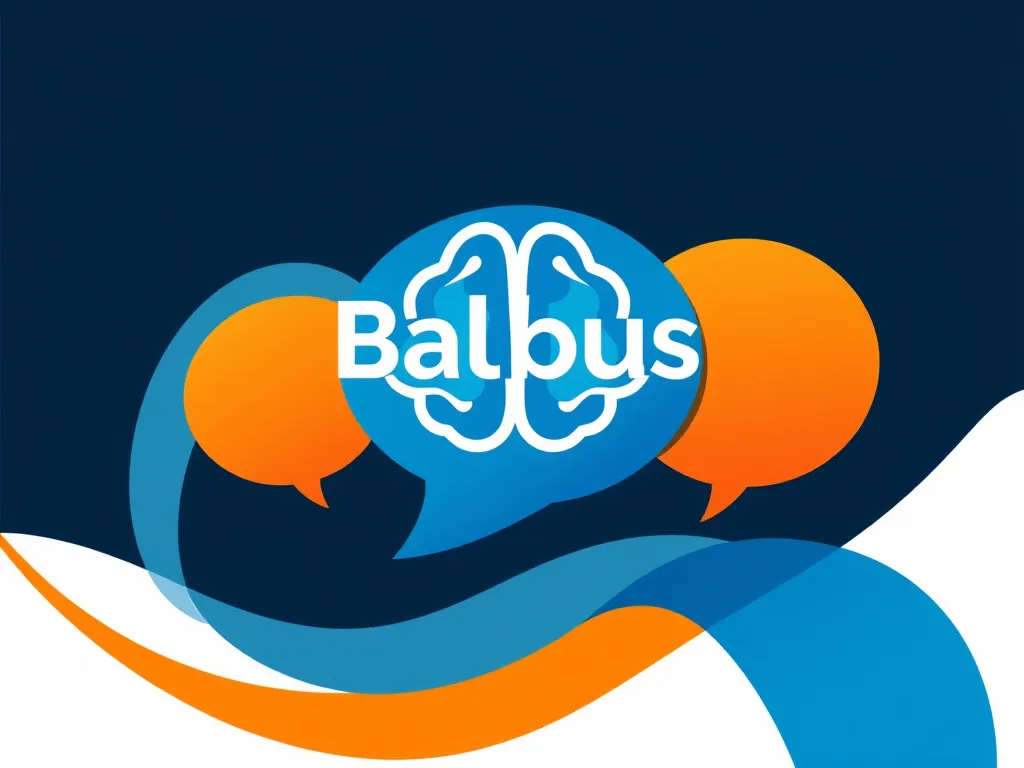Proven Methods for Stuttering Treatment: Achieve Fluent Speech

Understanding Stuttering Treatment: Pathways to Fluent Communication
Stuttering Treatment encompasses a variety of therapeutic approaches aimed at helping individuals who experience disfluencies in their speech. Stuttering can lead to significant challenges in communication and self-esteem, making effective treatment essential. Various methods exist to alleviate the symptoms of stuttering, including behavioral techniques, speech therapy, technological aids, support systems, and educational resources.
One primary focus of Stuttering Treatment is to address the psychological aspects associated with stuttering. Many individuals develop anxiety or fear related to speaking situations, which can exacerbate their disfluencies. Therefore, comprehensive treatment often combines cognitive and behavioral therapies alongside practical speech interventions, ensuring holistic management of the condition.
Behavioral approaches to Stuttering Treatment often include exercises aimed at reducing speaking anxiety and teaching coping strategies. These methods not only focus on speech fluency but also empower individuals to manage their emotions surrounding speaking situations, ultimately leading to improved communication skills.
Speech therapy is a cornerstone in the management of stuttering. Qualified speech therapists utilize diverse methods tailored to the individual's needs, focusing on encouraging fluent speech and effective communication techniques. A combination of fluency shaping and stuttering modification strategies is frequently employed to enhance participant outcomes, making therapy effective and dynamic.
As advancements in technology continue to evolve, various technological aids have emerged as valuable supplementary tools in Stuttering Treatment. These technologies support individuals in their speech practices, offering new ways to enhance fluency both in therapeutic settings and daily communication.
Behavioral Techniques for Stuttering
Cognitive Behavioral Therapy (CBT) is an essential component of behavioral techniques in Stuttering Treatment. CBT focuses on identifying and modifying negative thought patterns and beliefs related to stuttering. By addressing the cognitive distortions that contribute to the anxiety around speaking, individuals can learn to increase their confidence and manage their reactions during communication.
Understanding the various methods available for Stuttering treatment can empower individuals to find the right approach for their needs.
Desensitization techniques also play a vital role in Stuttering Treatment. These techniques aim to reduce speaking anxiety by gradually exposing individuals to feared speaking situations in a controlled and supportive environment. Over time, individuals become desensitized to these situations, leading to reduced anxiety and increased fluency.
Visualization and relaxation methods can further aid in developing fluency. By employing imagery techniques and relaxation exercises, individuals can mentally prepare for speaking situations, reducing tension and promoting a more relaxed approach to communication. Practicing these techniques helps in building confidence and a smoother speech pattern.
Speech Therapy Approaches
Fluency shaping techniques are a prominent aspect of speech therapy. These techniques focus on teaching individuals how to control their breathing, articulation, and rate of speech to create smoother, more fluent speech. Therapists may use a combination of techniques tailored to the individual’s unique speech profile, thereby promoting effective communication skills.
The Lidcombe Program is a well-known therapy method designed specifically for young children who stutter. This program involves parent-led activities that reinforce fluent speech and reduce stuttering behaviors. Through positive reinforcement and consistent practice, children gradually gain confidence and improve their speech fluency.
Stuttering modification techniques, often used for adults, help individuals recognize and manage their stuttering moments. These techniques focus on modifying the stuttering event itself, allowing individuals to embrace their disfluencies while developing strategies to ease the anxiety associated with them, thus promoting a more fluid speech style.
Technological Aids in Treatment
Speech-generating devices provide essential support for individuals who stutter, allowing them to communicate through alternative modes when needed. These devices can help minimize practice anxiety and promote fluent communication, particularly in high-stress environments.
There are also numerous apps specifically developed for fluency enhancement. These applications often include practice exercises, real-time feedback on speech patterns, and recordings for self-assessment, enabling users to work on their fluency at their own pace and in convenient settings.
Audio feedback systems can significantly assist individuals in improving their speech patterns. These systems provide real-time audio feedback, allowing users to hear their speech and make adjustments, fostering increased awareness and control over their speaking habits.
Support Systems for Managing Stuttering
Support groups play a crucial role in providing a safe and understanding environment for individuals who stutter. These groups allow members to share their experiences, challenges, and successes, fostering a sense of community and reducing feelings of isolation.
Online forums and community resources have emerged as valuable platforms where individuals can connect, share experiences, and find information about stuttering treatment. These resources often provide a wealth of information and peer support, enriching the overall treatment experience.
Workshops and conferences focused on fluency enhancement offer opportunities for individuals to learn from experts in the field. These events provide both educational and social opportunities, helping individuals gain new skills while connecting with others facing similar challenges.
Educational Resources for Stuttering Awareness
Books and literature on stuttering treatment serve as essential resources for both individuals who stutter and their families. These materials offer insights into effective treatment options and coping strategies, aiding families in understanding the condition and supporting their loved ones.
Webinars and online courses designed for therapists help enhance their skills in treating individuals who stutter. By offering the latest research findings and treatment methodologies, these educational opportunities support professionals in providing effective and empathetic care.
Research studies and publications are vital for advancing the understanding of stuttering and its treatment. Continuous research provides new insights into effective therapies and techniques, equipping individuals and therapists with the knowledge needed to tackle stuttering more effectively.
